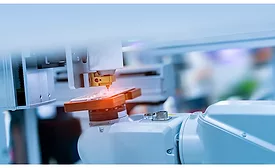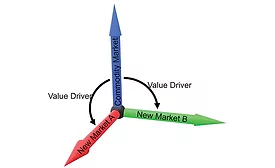Douglas Corrigan Ph.D.
Douglas Corrigan, Ph.D., is vice president of the ChemQuest Technology Institute,
ARTICLES
When faced with supply chain disruptions that limited availability of an adhesive product, a company turned to ChemQuest to help solve the problem.
Read More
Replacing Materials of Concern
Adhesives, sealants, and coatings companies should have a robust protocol in place for determining the optimal replacements for materials of concern.
November 22, 2023
Strategic Solutions
Opportunities and Challenges of Biomimicry in Adhesives R&D
Though bioinspired approaches to adhesive R&D often lead to great improvements in the lab, translating these sophisticated chemistries to commercial scale is a considerable challenge.
June 8, 2022
Staying Ahead of the Curve
Finding novel uses for existing materials can catapult your portfolio into new markets.
June 13, 2018
Keep the info flowing with our newsletters!
Get the latest industry updates tailored your way.
JOIN TODAY!Copyright ©2025. All Rights Reserved BNP Media.
Design, CMS, Hosting & Web Development :: ePublishing



